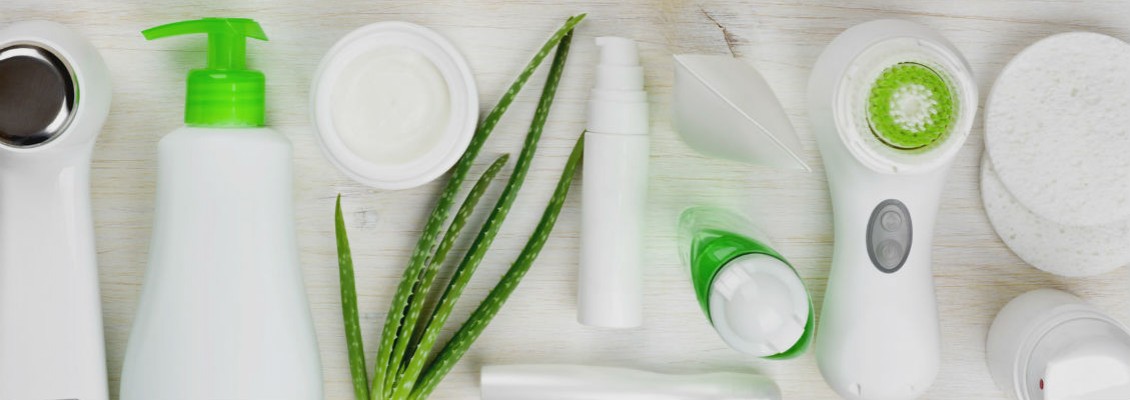
In short, parabens are the most widely used antimicrobial preservative in cosmetic and personal care products today. You will find them in cosmetics, pharmaceuticals, shampoos, conditioners, moisturizers, shaving gels, toothpaste and even as food additives. You might recognize them on the ingredient label as , “methylparaben”, “butylparaben”, and “propylparaben”, generally, chemicals in this class have "paraben" in their names (e.g., isobutylparaben, ethylparaben, etc.) Parabens are often hidden within the term “parfum” or “fragrance”, which are made up of several non-disclosed ingredients.
Parabens are used because they are in fact extremely effective in averting the growth of bacteria in products and prolonging their shelf life. The reason they are so controversial is that some research suggests that they are found to interfere with hormone function by mimicking the female sex hormone, estrogen. In fact, detectable levels of parabens have been found in breast cancer tissue suggesting a possible association between the exposure of parabens through cosmetics and personal care products and cancer.
The good news is that today, the European Union regulates the concentration of parabens in cosmetics.
Unfortunately, we still have a way to go in Canada as there is no regulation for the use of parabens, as there are internationally.
We all know that exposure to toxins is much more severe in infants and children while they are in a state of rapid brain and reproductive development, so why take the chance. We urge you to read labels and make the healthy choice for your family. Check out the cosmetics database to find out which of the products in your household are safe and which ones you should avoid at www.cosmeticsdatabase.com.
